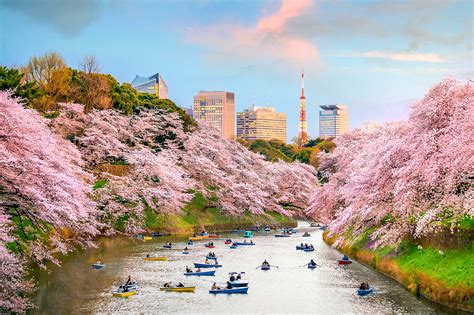Tokyo: A City of Distinct Seasons and Dynamic Governance

Tokyo, the heart of Japan, is a city that experiences a wide range of weather conditions, contributing to its distinct four seasons. The winters are generally mild, with temperatures rarely dropping below freezing, while the summers can be quite hot and humid. Spring and autumn are particularly pleasant, marked by the beautiful cherry blossoms and the vibrant red maple leaves, respectively. Currently, Tokyo enjoys clear skies with temperatures around 44 degrees Fahrenheit, promising comfortable days ahead.
The Tokyo Metropolitan Government, located in the bustling ward of Shinjuku, is the epicenter of the city’s administration. Governed by the elected Governor of Tokyo, Yuriko Koike, the government wields significant influence within Japan due to the city’s substantial population and economic power. The governor’s role is crucial, overseeing policies that affect not only the metropolis but also having a broader impact on national affairs.
The Evolution of Tokyo: From Edo to the Modern Metropolis

Tokyo’s history is as rich and varied as its culture. Archaeological remains suggest that the area now known as Tokyo has been inhabited for around 5,000 years. The city, originally named Edo, began to flourish as a significant political center when Tokugawa Ieyasu established his shogunate there in the early 17th century. Edo grew rapidly, becoming one of the world’s most populous cities by the mid-18th century.
The transformation from Edo to Tokyo occurred in the Meiji Restoration of 1868, which marked the end of the shogunate and the restoration of imperial rule. This period saw Tokyo modernize and expand, eventually emerging as a global economic powerhouse. The city has faced numerous challenges, including natural disasters like the Great Kanto earthquake and man-made destruction during World War II, but it has always shown remarkable resilience and an ability to rebuild and innovate.
Tokyo’s history is not just a chronicle of events; it’s a narrative of a city’s unyielding spirit and enduring legacy. It’s a story that continues to unfold, as Tokyo remains a city that captivates the imagination and inspires the world.
The Emblem of Tokyo: Unfolding the History of the Metropolis’ Flag

The flag of the Tokyo Metropolis was adopted on October 1, 1964, and features a white Metropolitan Crest on center against an Edo purple background, which was popular during the Edo period, the historical name of Tokyo. The design symbolizes Tokyo’s tradition and modernity, reflecting the city’s historical significance and its continuous growth and development.
The Tokyo Metropolitan Symbol, a stylized kanji character of “Tokyo-Nihon,” represents the city’s development as the capital of Japan. This symbol is set against a vivid green color, symbolizing Tokyo’s future growth and prosperity. The flag was officially adopted on September 30, 1989, under the Metropolitan Announcement No. 978.
The flag’s design is a testament to Tokyo’s rich history and its evolution from a small fishing village to a global city. The Edo purple signifies the city’s past, while the green Metropolitan Symbol points towards a future of progress and innovation. Together, they encapsulate the essence of Tokyo, a city that honors its history while forging ahead into the future.